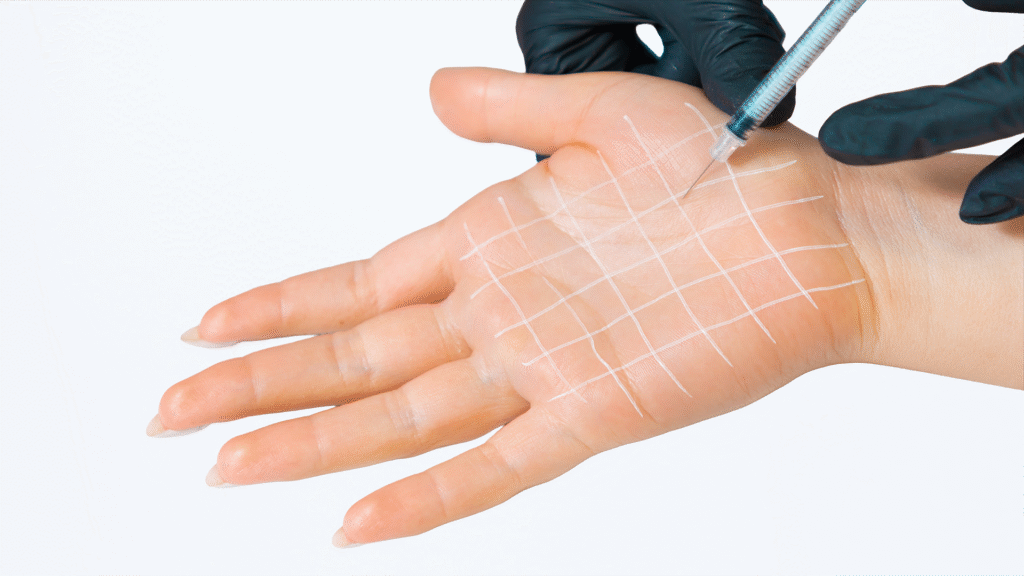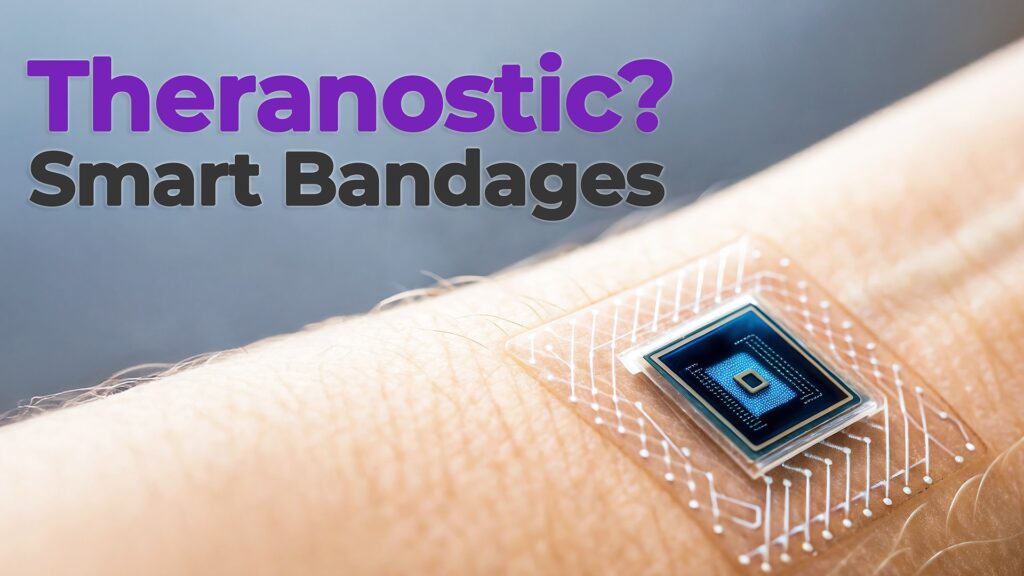
What Is a Theranostic Wound Dressing?
A theranostic wound dressing does more than cover a cut—it actively detects infection and delivers targeted treatment. In this Bio Break episode, Nick and Nigel explore how this smart technology could transform chronic wound care for patients with conditions like diabetic foot ulcers.
How Theranostic Wound Dressings Work
This is no ordinary Band-Aid. While Nick jokes about having a stash of Pokémon bandages at home, this dressing prototype is designed for something much more serious—chronic wounds and diabetic foot ulcers, where early detection and timely treatment are essential.
The innovation lies in a visual infection indicator embedded within the dressing. When an infection is detected, the dressing can release an antimicrobial treatment directly into the wound site, offering a targeted therapeutic response before complications escalate.
Benefits of Theranostic Wound Dressings
Why is that important? Because antimicrobial stewardship is more critical than ever. Overusing broad-spectrum antibiotics or applying antimicrobials when they’re not needed contributes to resistance and unnecessary costs. This dressing applies treatment only when and where it’s required—no more, no less.
Of course, not every scrape or paper cut needs advanced diagnostics. Nick and Nigel discuss the use case limitations, noting this device wouldn’t make sense in your medicine cabinet at home. But in hospitals, long-term care centers, or for at-risk patients with chronic wounds, it could be a game changer.
The future of wearable MedTech is here, and it’s smarter than ever. Tune in to see how this dressing bridges diagnostics and therapy in one elegant solution—and where it might show up next.
Learn more about StarFish Medical.
Related Resources

Mark Drlik and Ariana Wilson introduce the fascinating world of ingestible capsules—tiny, swallowable medical devices that are revolutionizing gastrointestinal health monitoring and targeted therapy.

While most people think of Botox as a simple beauty treatment, there’s a surprising amount of engineering, anatomy, and precision behind the process.

A theranostic wound dressing does more than cover a cut—it actively detects infection and delivers targeted treatment.

In a sophisticated world of ever increasing complexity, we need our tools to evolve alongside us and assist in complex decision making, allowing us to understand the consequences of choices ahead. Computational Modelling and Simulation (CM&S) is emerging as an essential tool in building evidence for medical device development.